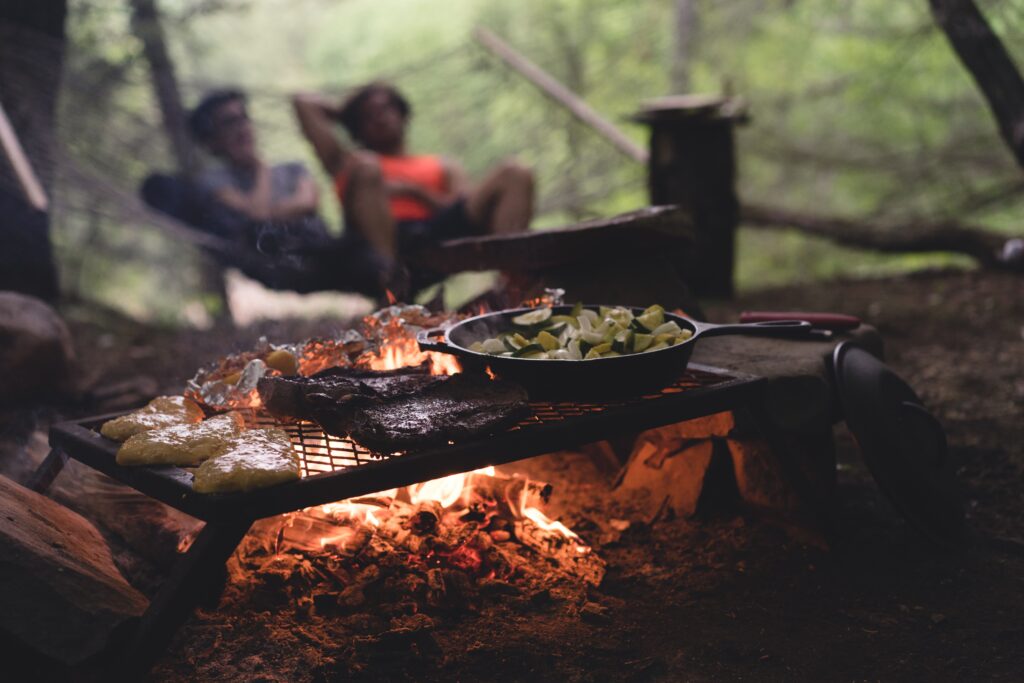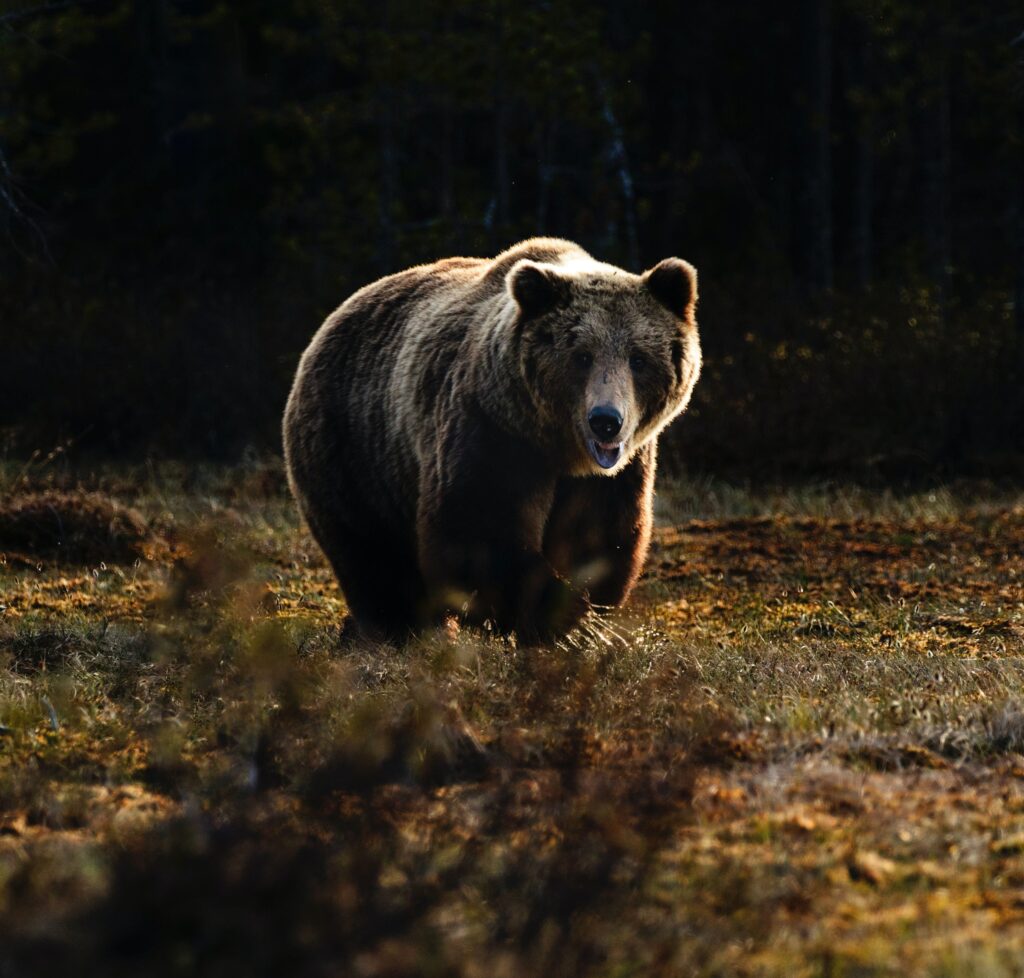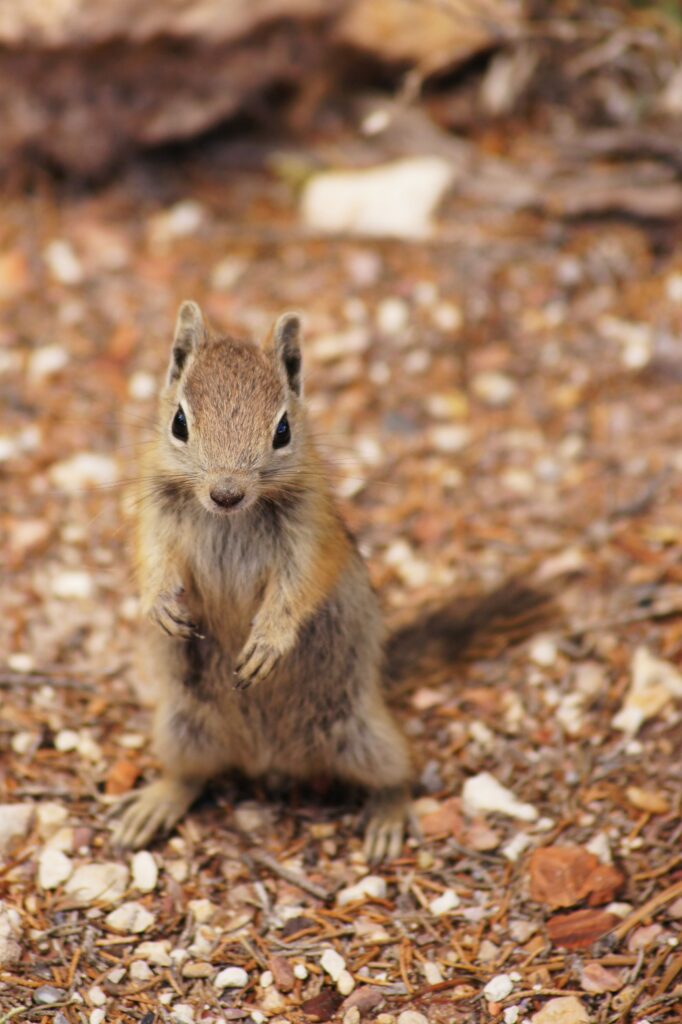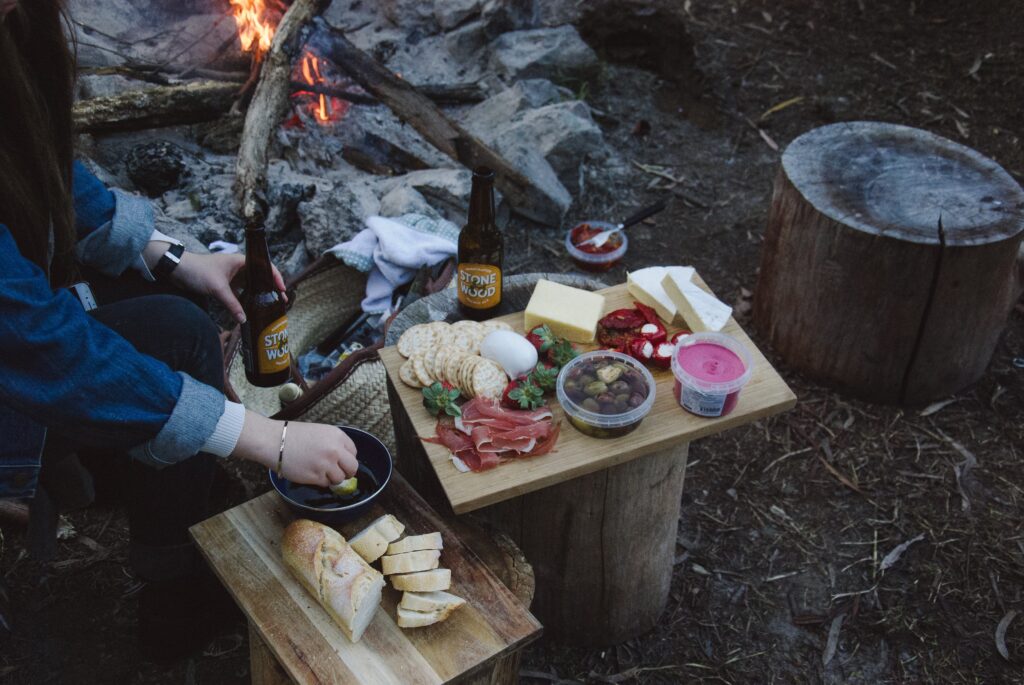One of the many perks of camping in nature is seeing wildlife in their natural habitat. Whether you are hiking with a Duluth Pack daypack for the day, tent camping, or staying in a cabin, you can see a variety of critters and enjoy their presence from afar. While in nature you should always be respectful of wildlife and give them space. A part of keeping your distance includes not feeding the wildlife. They have their own food that is better for them. When we feed wildlife, we can create critters dependent on humans for food and create “problem” or nuisance animals. Duluth Pack has multiple solutions that you can use to protect your food from bears and other hungry animals. We also answer common questions about how to protect yourself and your food from animals while camping.

When you are looking to protect your food from animals while camping, you have several options. These options can vary depending on where you are and the type of animals you could encounter. Where there are Grizzly Bears or large cats, it is common to see a bear box or a food pole. If you are camping where there are Black Bears, you may not find a bear box as commonly. In those places you should consider hanging your food from a bear hang. Some decide not to hang their food at all and will instead use bear-resistant containers. These containers lock in smell and are difficult for animals to access. Duluth Pack will go through these four options and how to use them for your next adventure. Whether you are hiking, camping, or paddling, Duluth Pack has you covered for all your gear essentials.
What is a Bear Box?

A Bear Box is a metal container that is designed to hold all your food, trash, and any of your objects that are heavily scented like toothpaste, apparel you cook in, perfumes, and heavily scented lotions or sprays. These are provided in spaces where bear activity is common and are often seen out West where there are Grizzly Bears. If you are in a space where a bear box is provided you should always use it and can use bear-resistant containers as well if desired.
What is a bear-resistant container?
A bear-resistant container is a hard-sided container that is designed to safely contain food, toiletries, strong-scented items, and trash. These items can attract a bear or other critters into your camp. These containers reduce the smell of your items from attracting wildlife. Some places will require you to have bear-resistant containers. You can choose to use these containers alone or with a bear hang or bear box. If you are provided a bear box, we that you always use one! Bear-resistant containers are great to contain all your smelly items that could attract unwanted animals, but they can sometimes be difficult to pack and carry which is why some people prefer bear hangs or food poles.
What is a Food Pole?
A food pole is a manmade equivalent of a bear hang that has been established for hikers, backpackers, and campers. You can use these to store your food and smellable items. Designed to prevent small rodents and bears from getting your food, food poles work similarly to bear hangs. To learn to use a food pole, follow the instructions on how to do a bear hang as listed below.
What is a Bear Hang?
Many people wonder what a bear hang is. In short, it is when you take a bag that has your cooking essentials and food in it and suspend it. The goal of this method is to suspend the pack far enough from potential animals that you can sleep soundly at night and wake up with your breakfast still in your bag… and not strewn around camp by an animal. Some people critique this method because it can be difficult to do a proper bear hang that meets all the requirements and is not near your camp.
How To Do a Bear Hang with Your Food Bag?

To create a bear hang you will want paracord, carabiners, pulleys to help lift the pack, and your Food Pack. Using a carabiner attached to one end of the paracord, you can toss the paracord over a tall branch. Then attach your bag to the paracord and hoist it up into the tree. After that you can fasten the paracord off using another tree. Your bear hang should be at least 12 feet off the ground, five feet from the trunk of the tree, and your pack should be five feet beneath the main branch. You should not have other branches near your pack. Bears can crawl out onto those branches and potentially reach your pack. Some people dislike bear hangs as it can be difficult to find a tree or system that meets these criteria. Others like bear hangs to keep bears and other animals like mice and chipmunks from chewing into a pack that is on the ground. Another way to add to your bear hang it to set up items under your tree like paddles that will fall to alert you if something tries to climb your bear hang tree.
Keep your belongings safe and with these options designed to keep nature wild. Each solution offers different pros and cons, and some options are preferred/required depending on your location. If you are going somewhere with bear activity you should check with your local DNR and Park Rangers for your best food storage choices during your trip. If you are in doubt, you should always go with the safer storage option. this will help prevent any unwanted visitors from coming into your camp on your next trip!

Happy adventuring, friends!


Be the first to comment on “Protecting Your Food From Bears & Other Wildlife While Camping.”